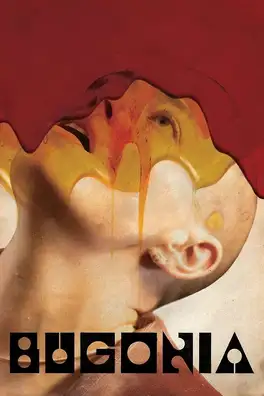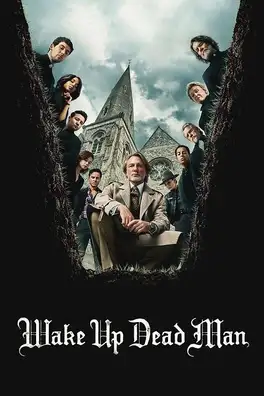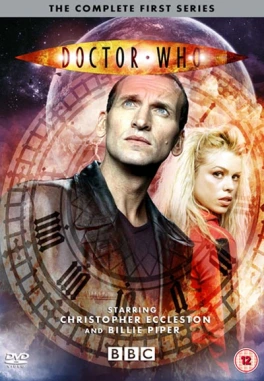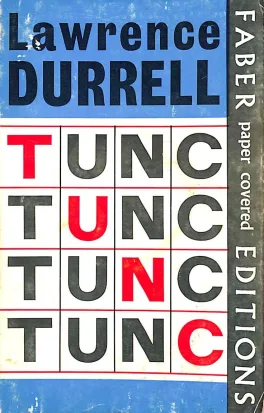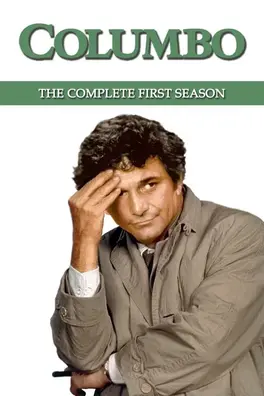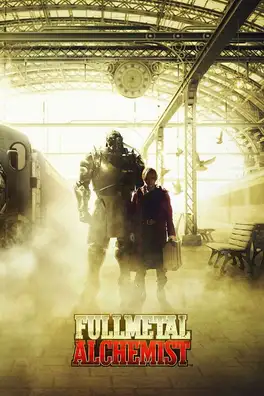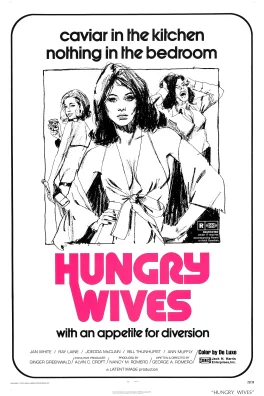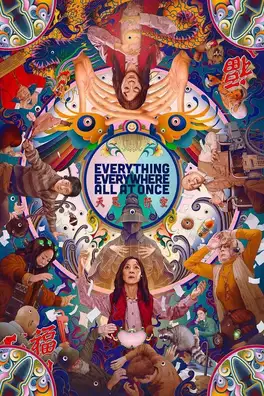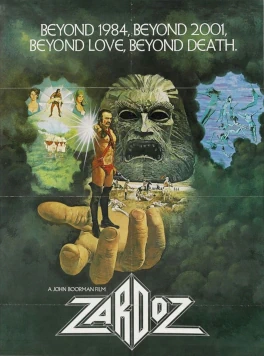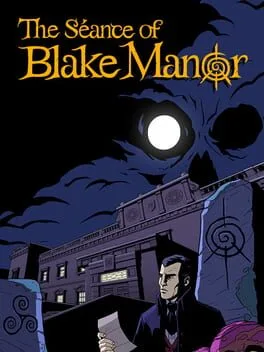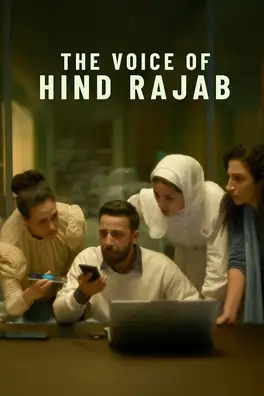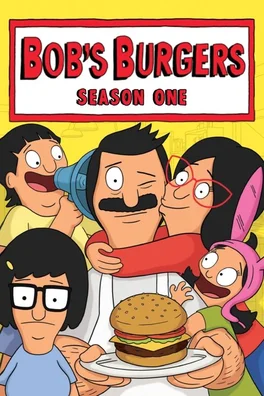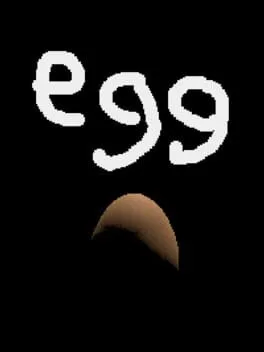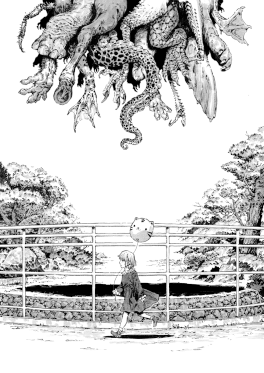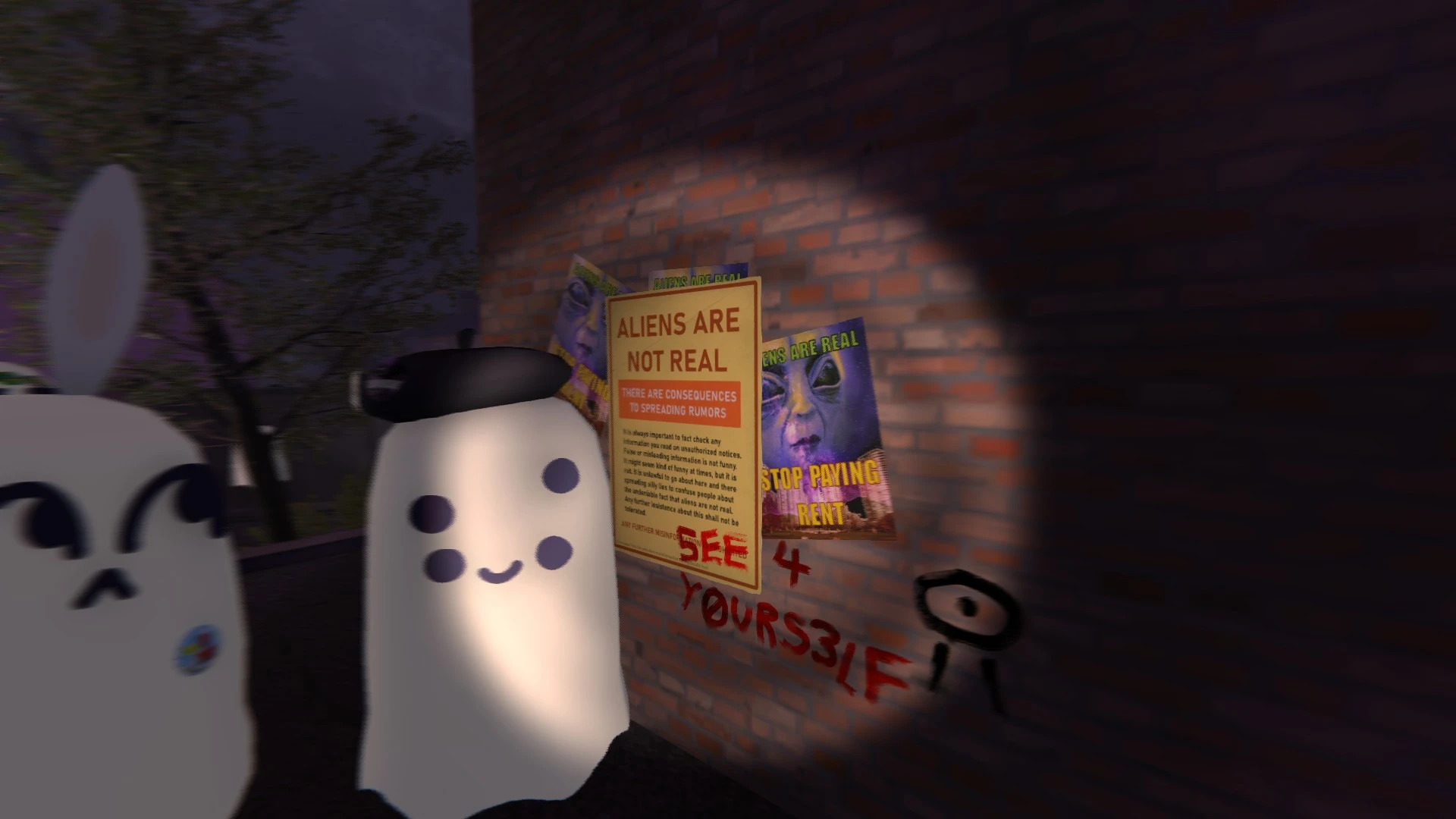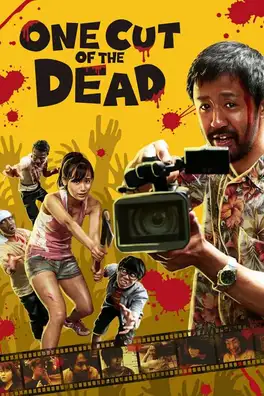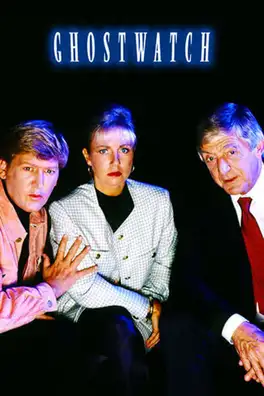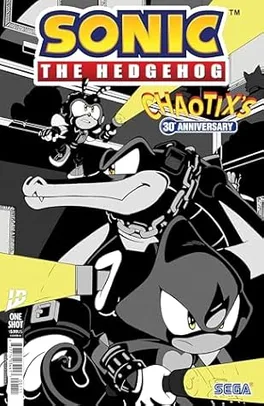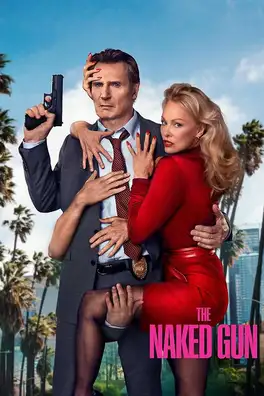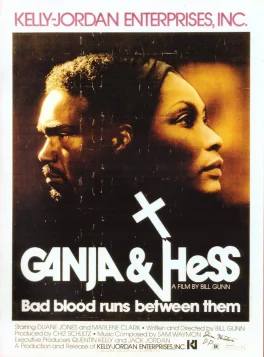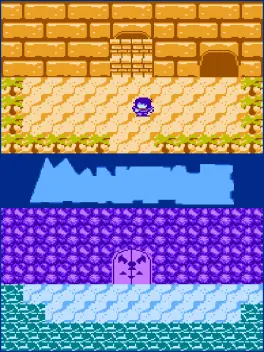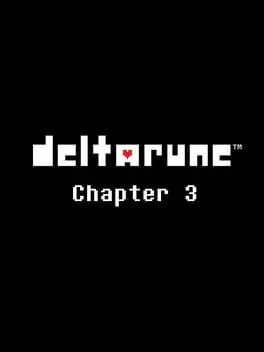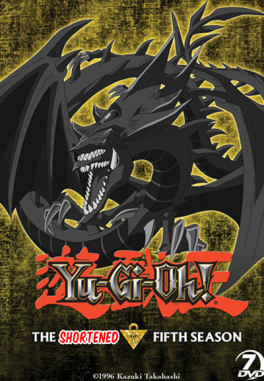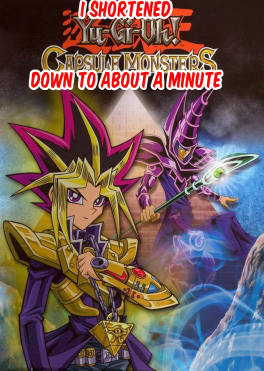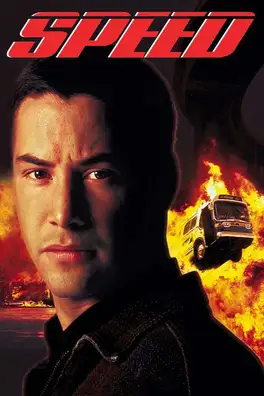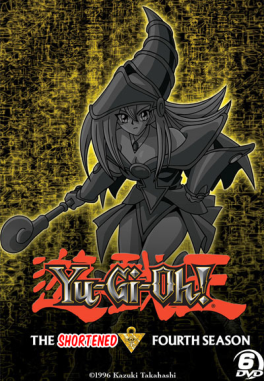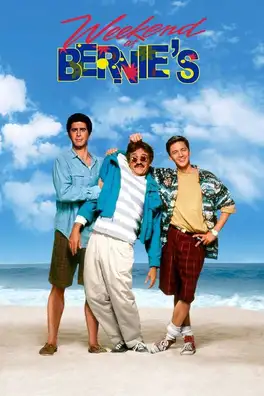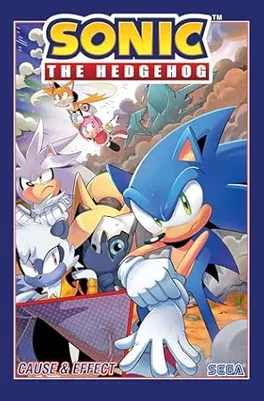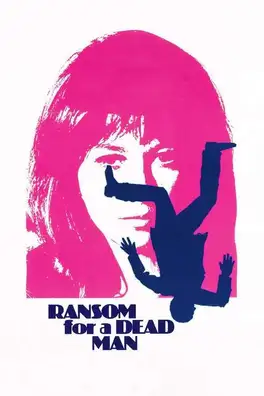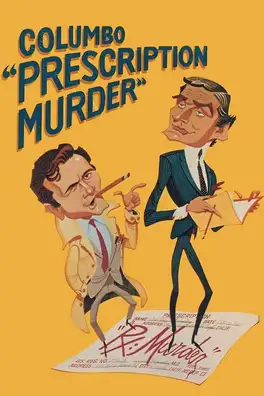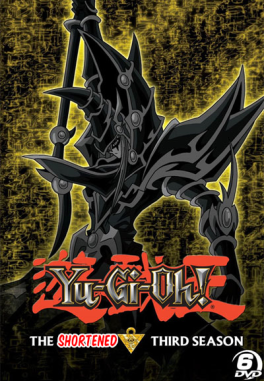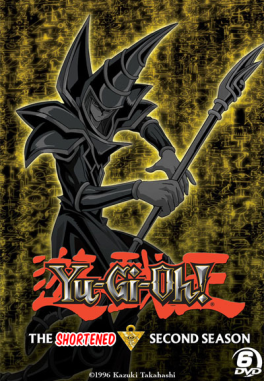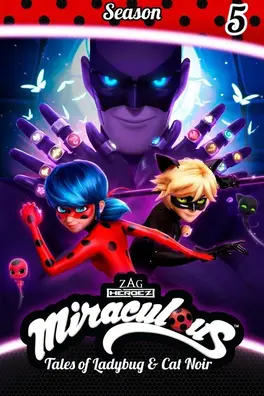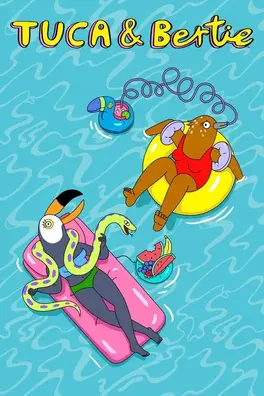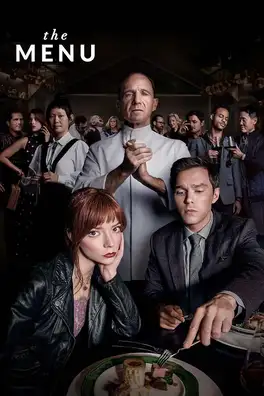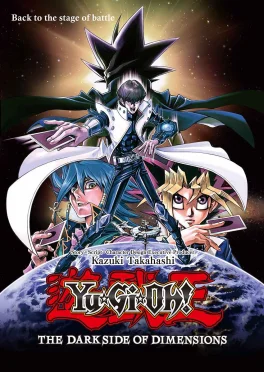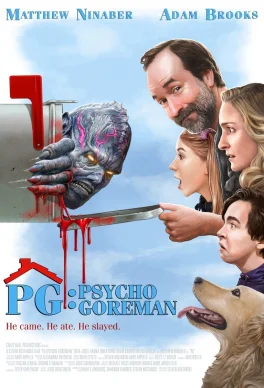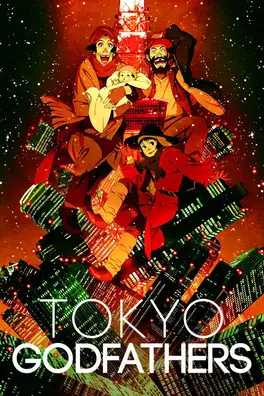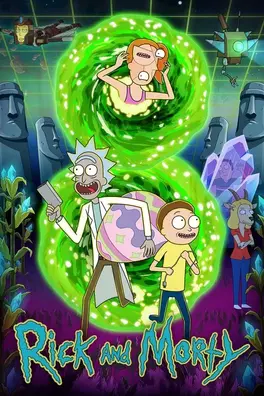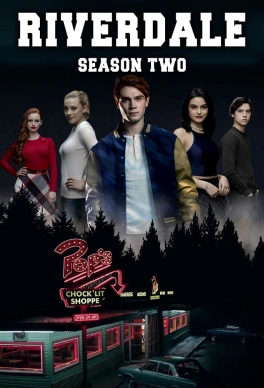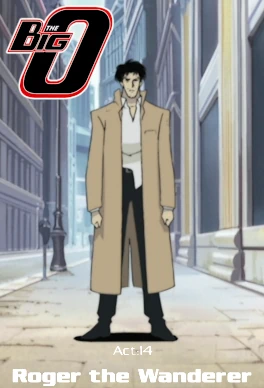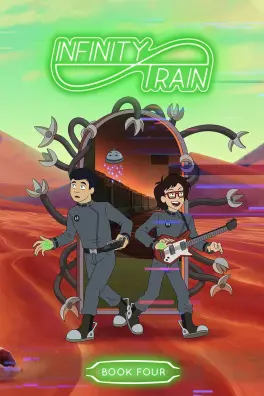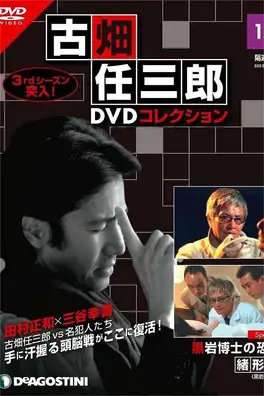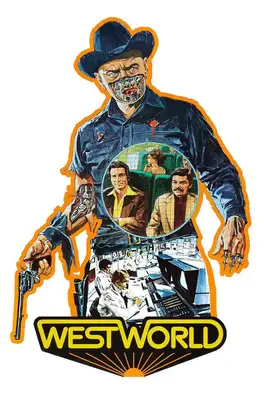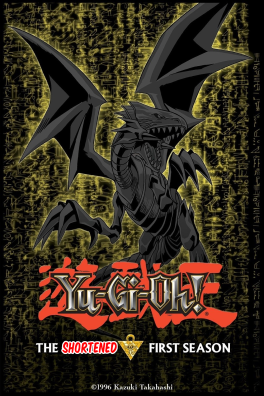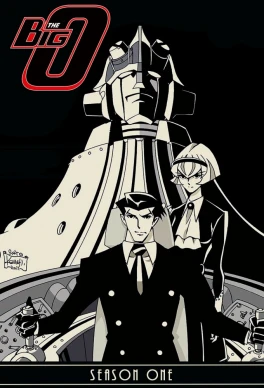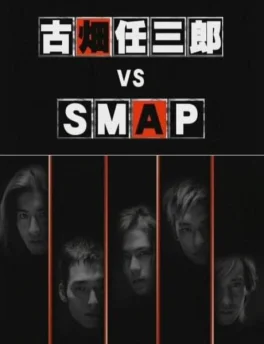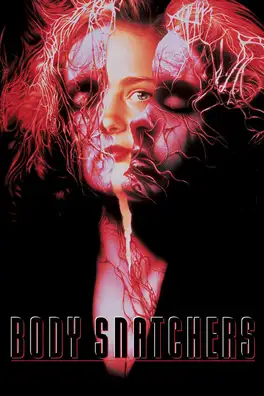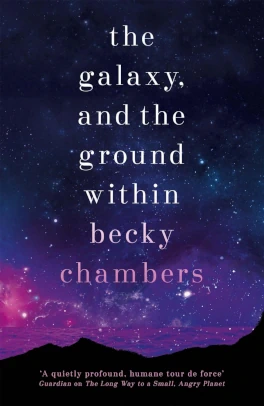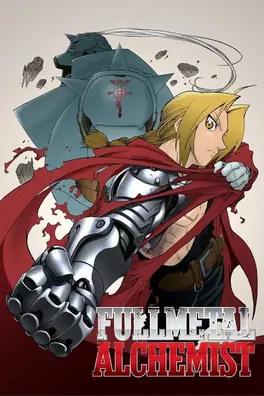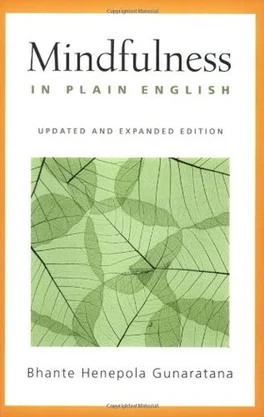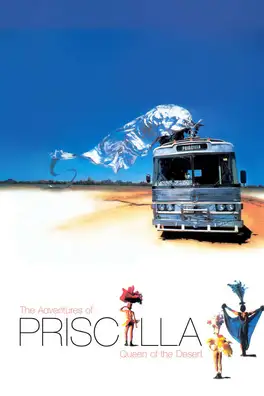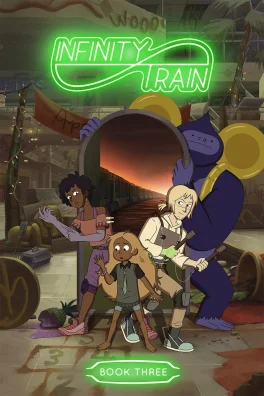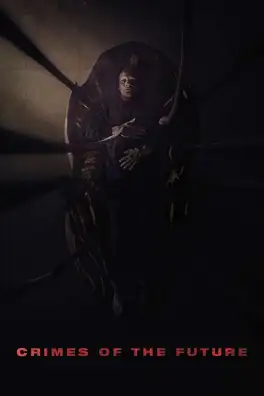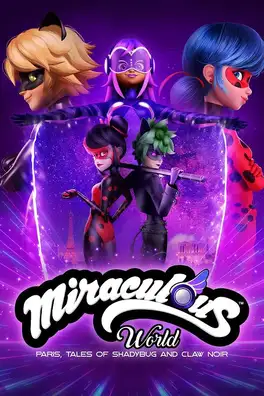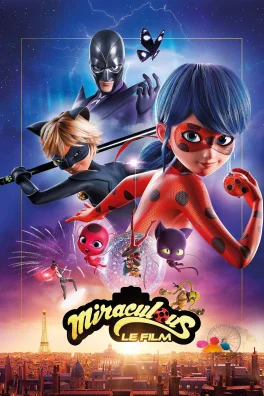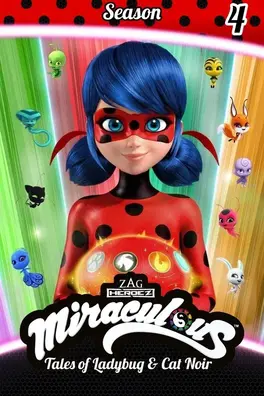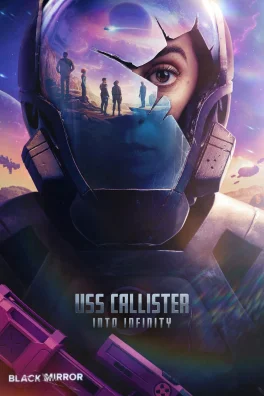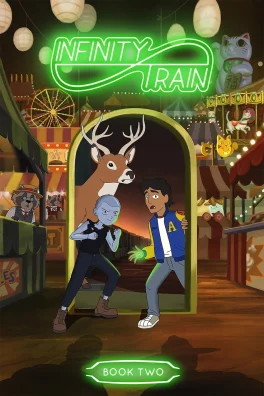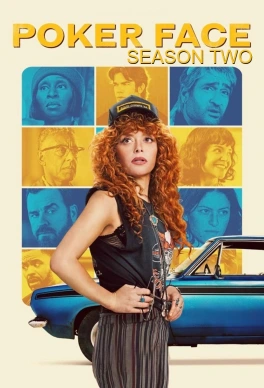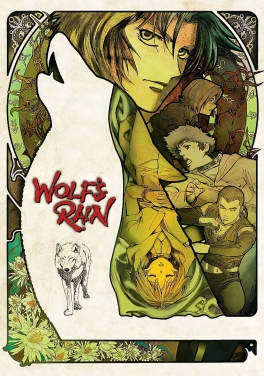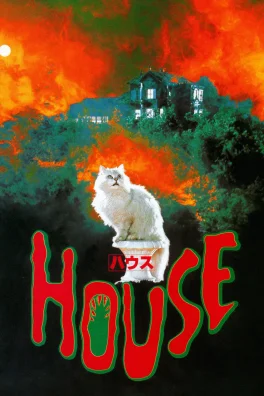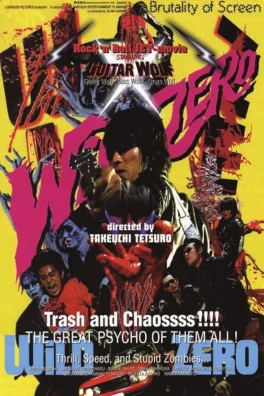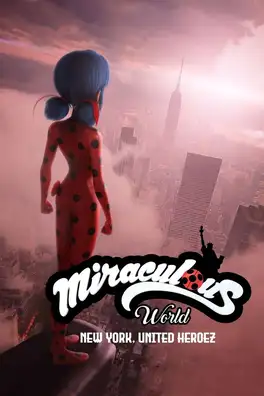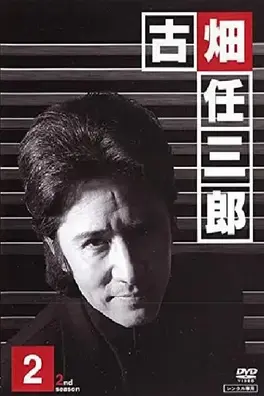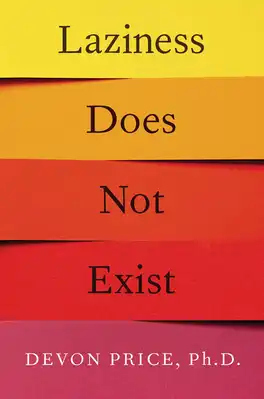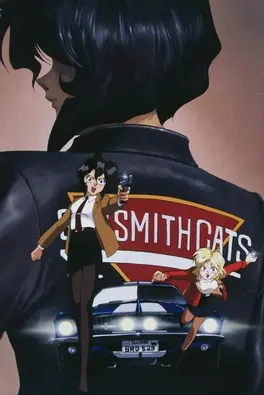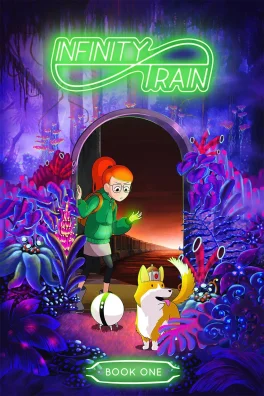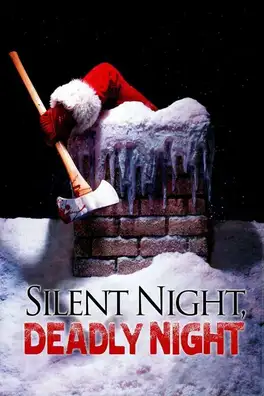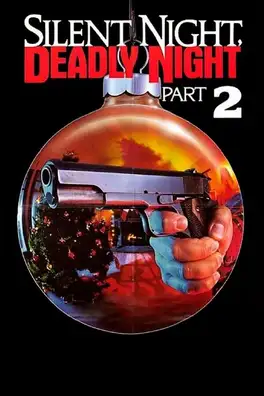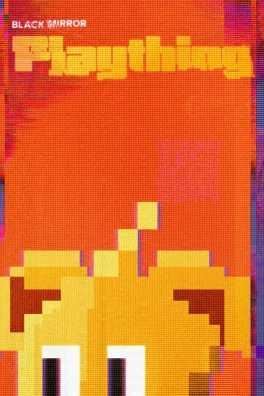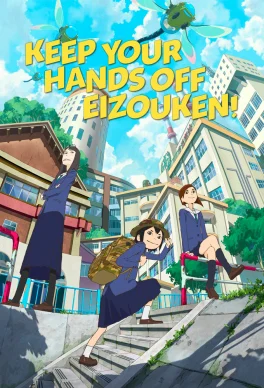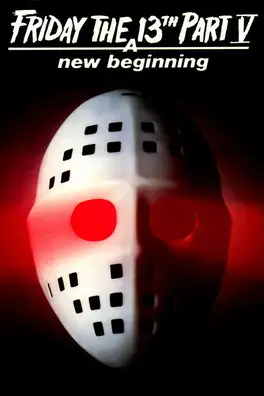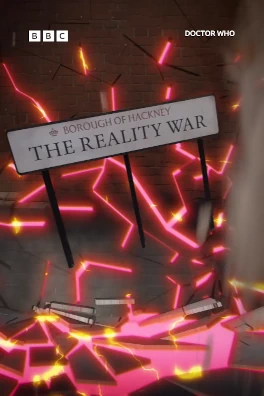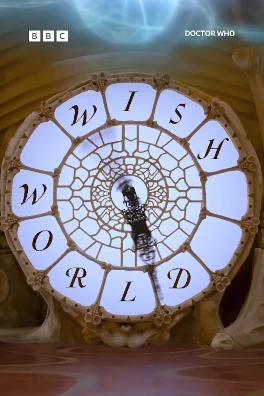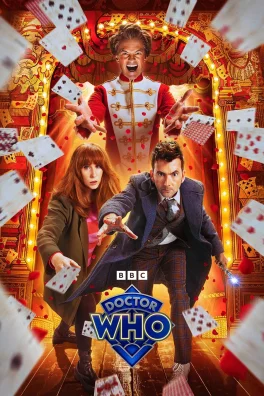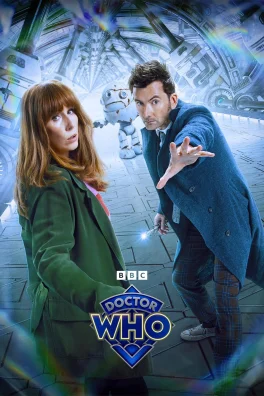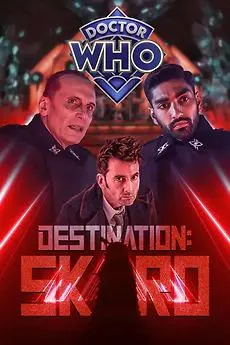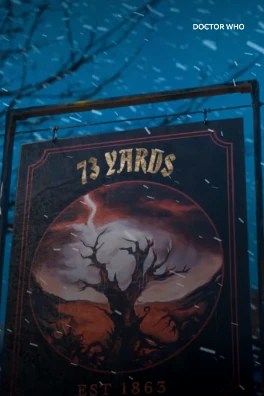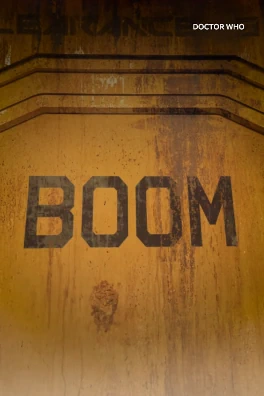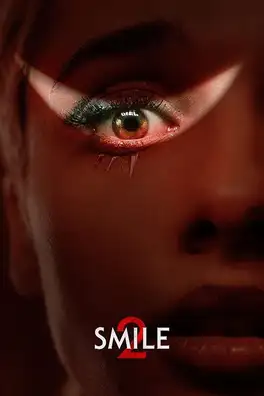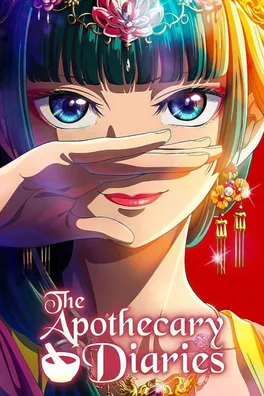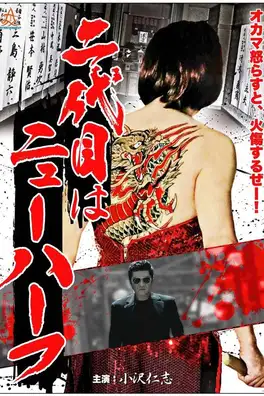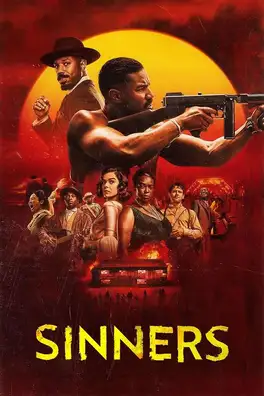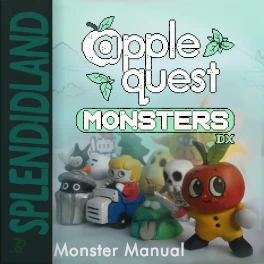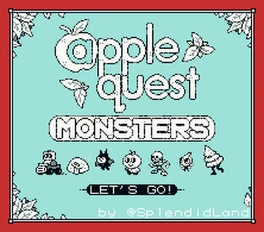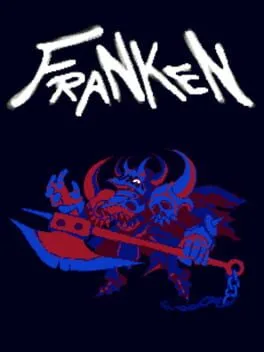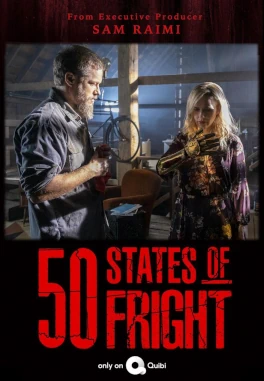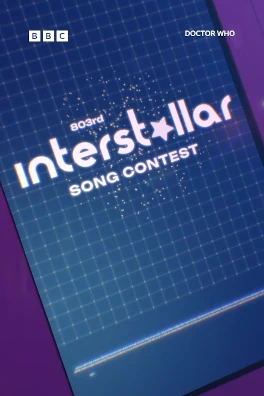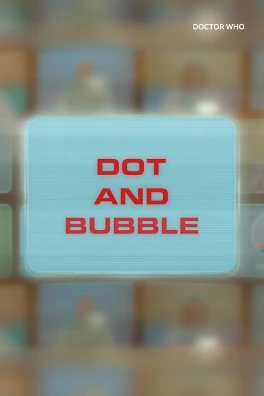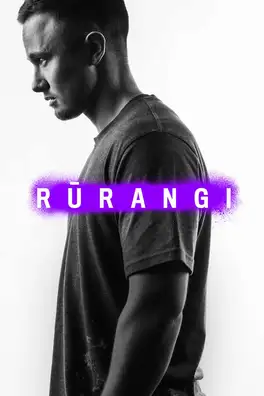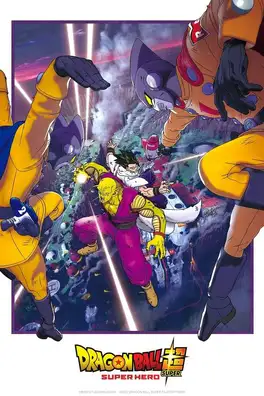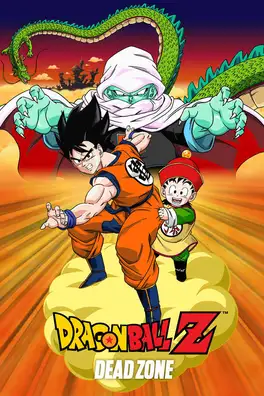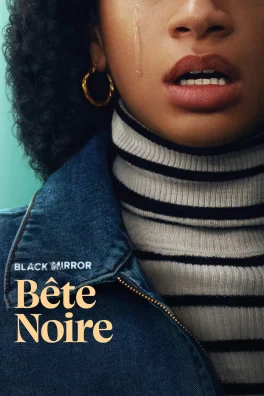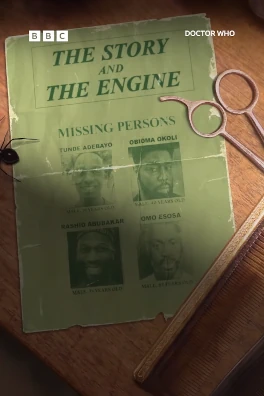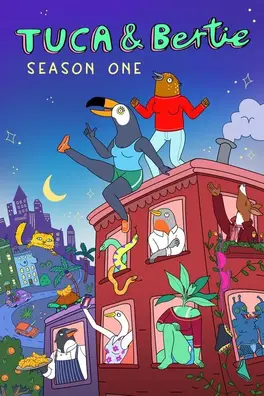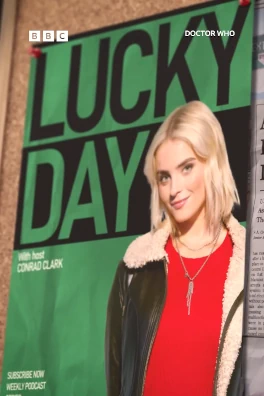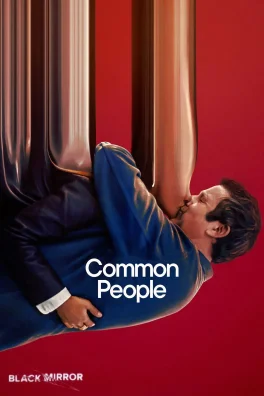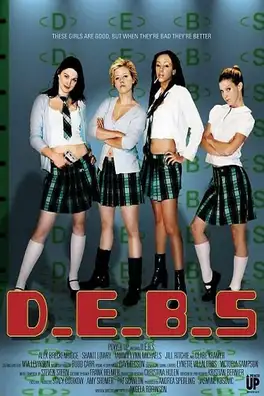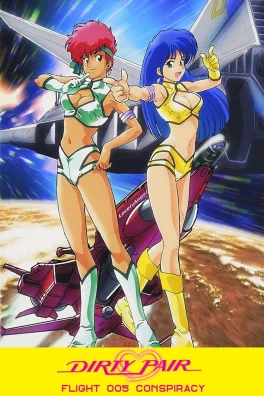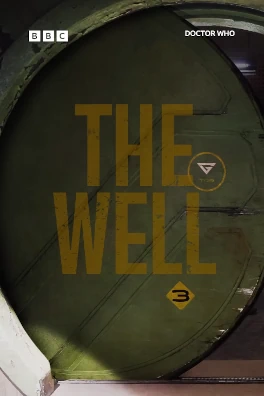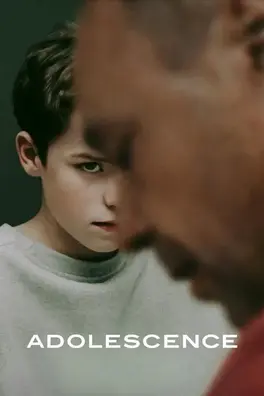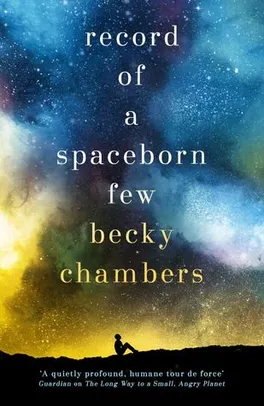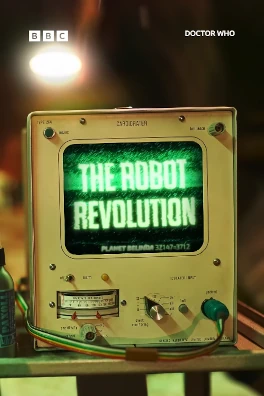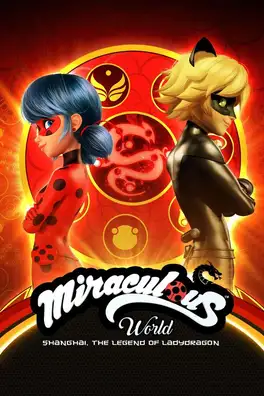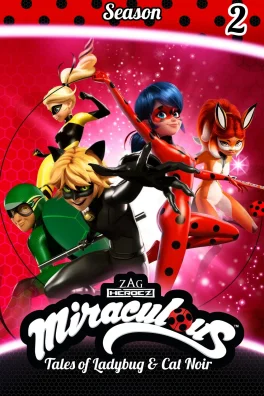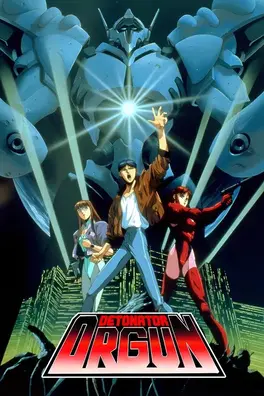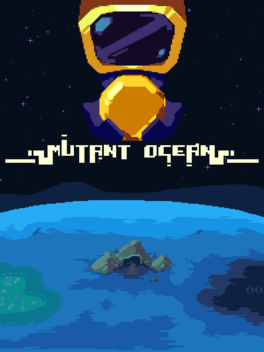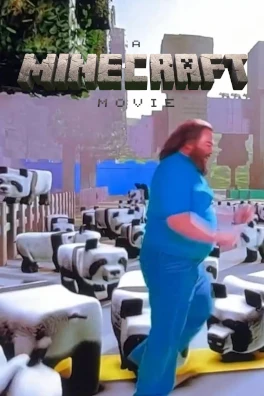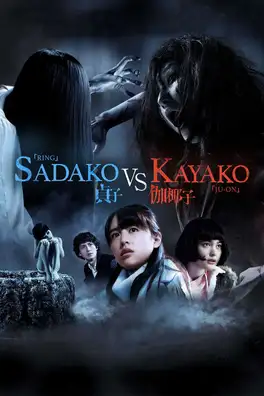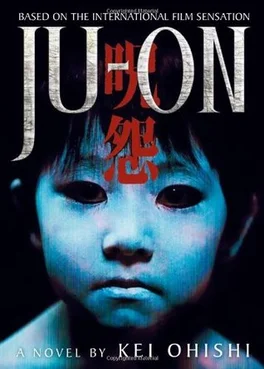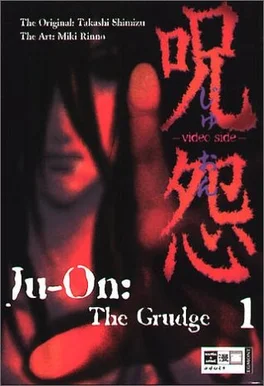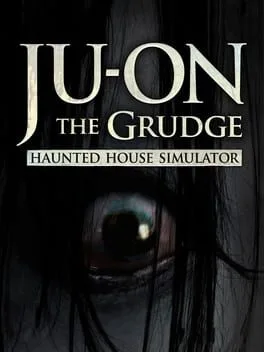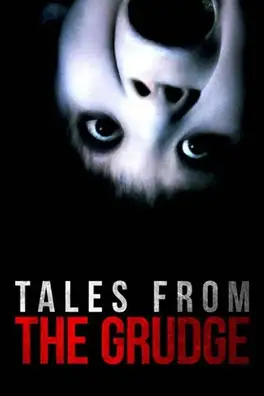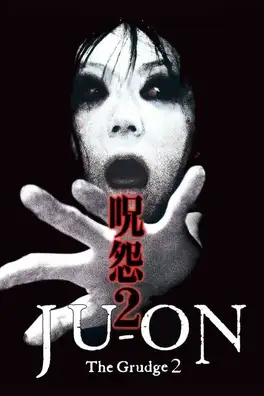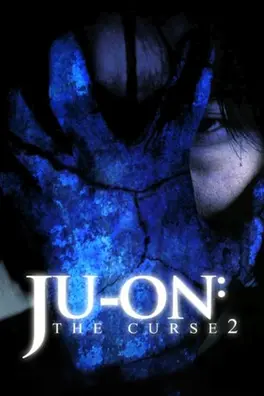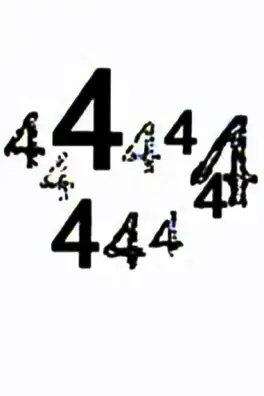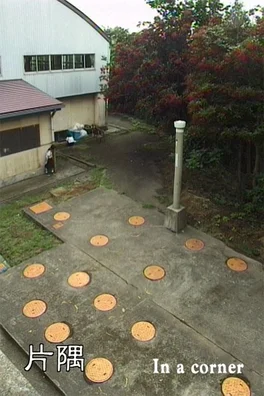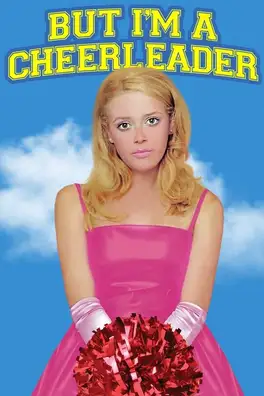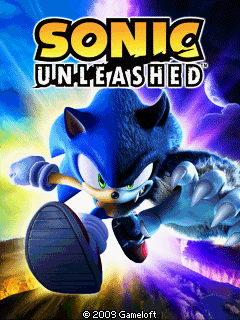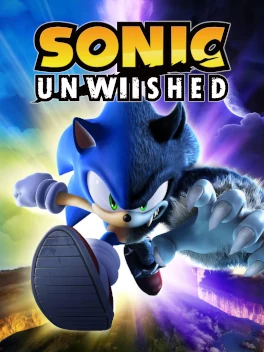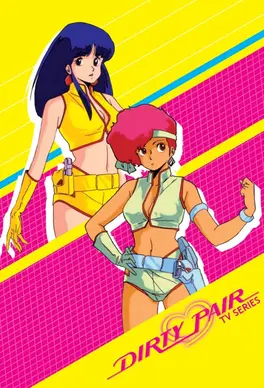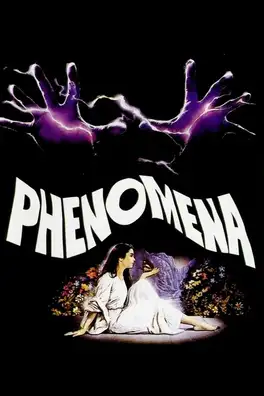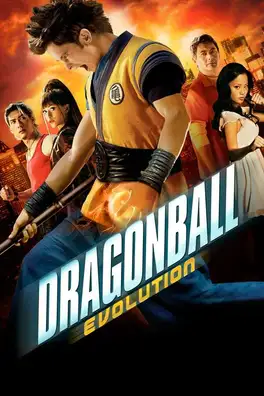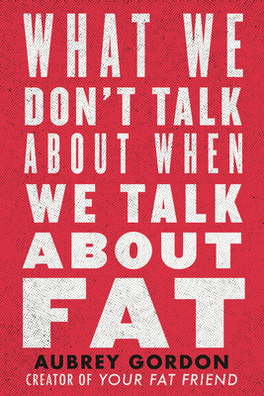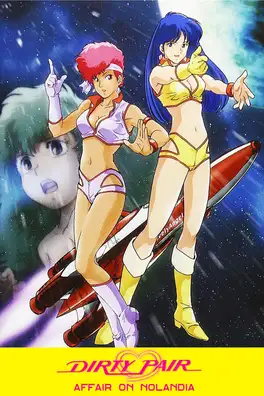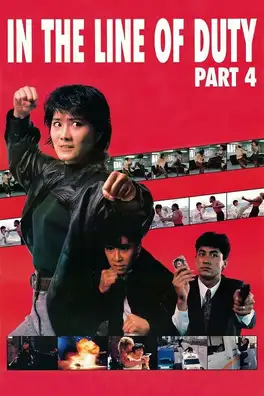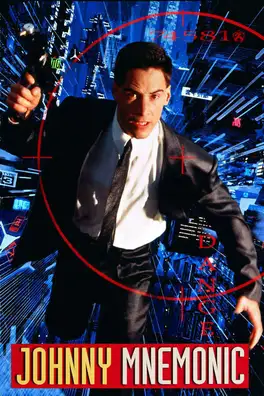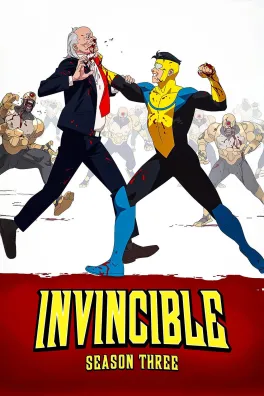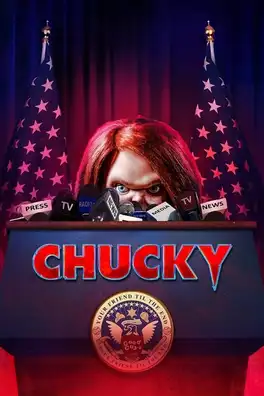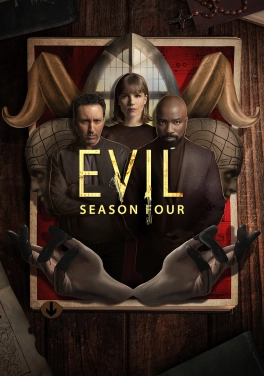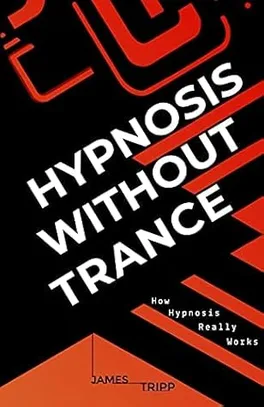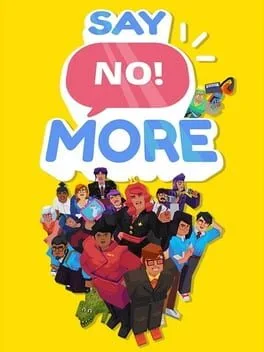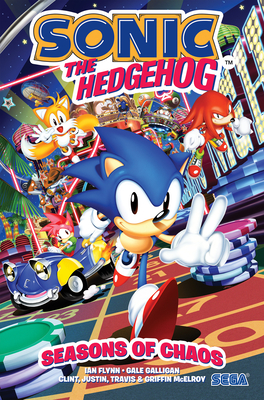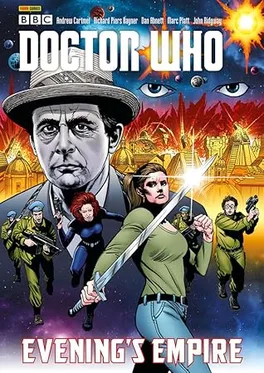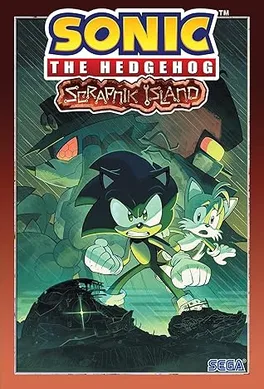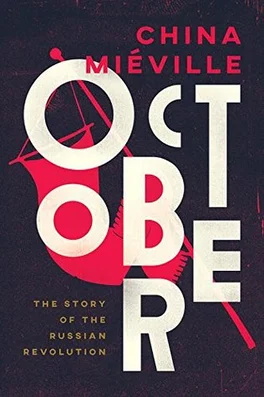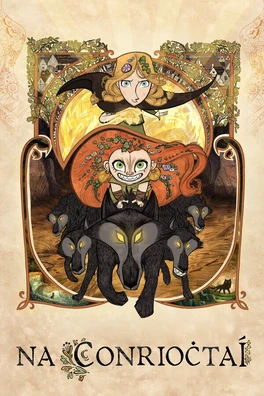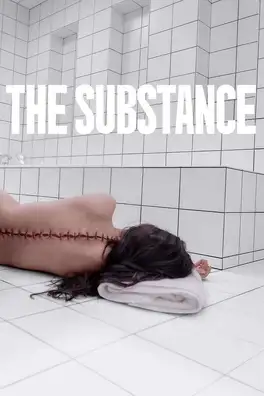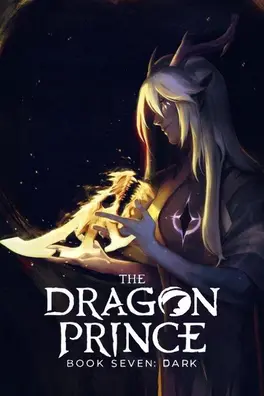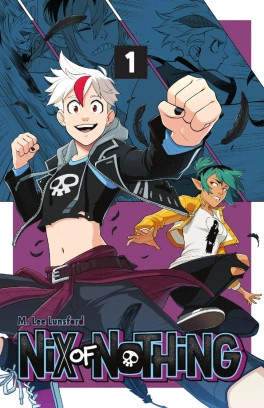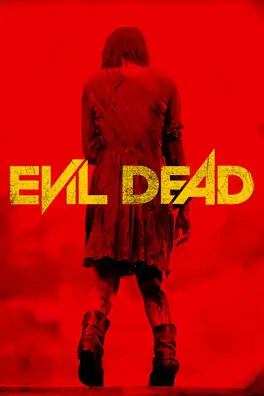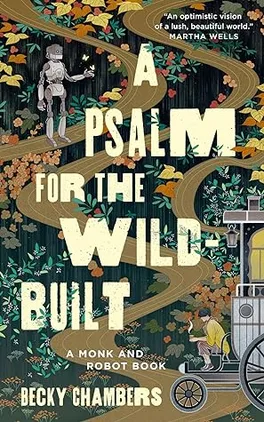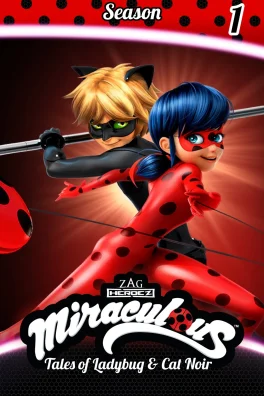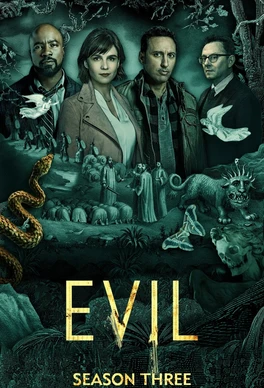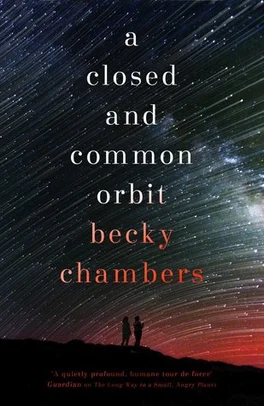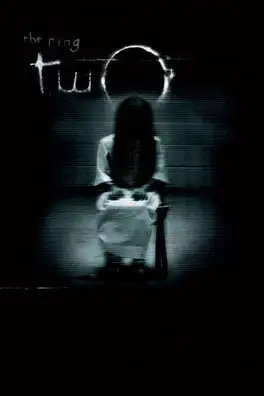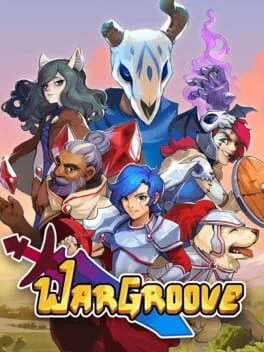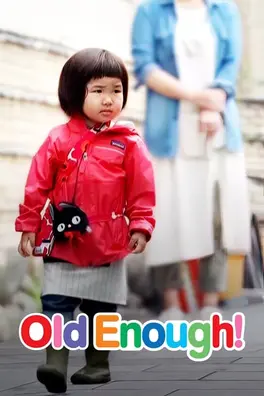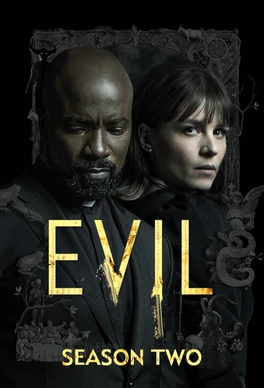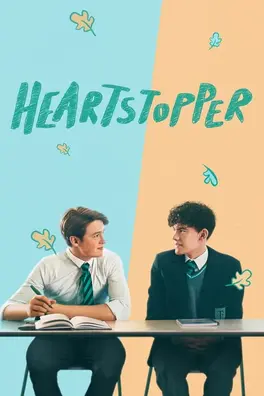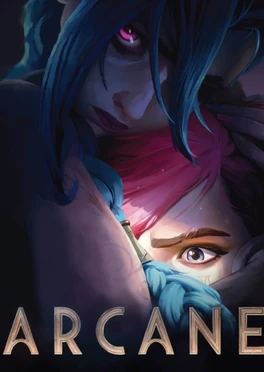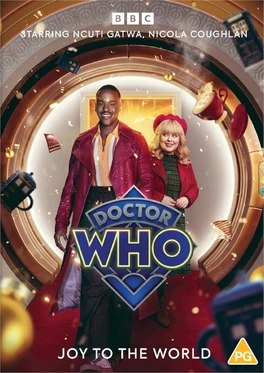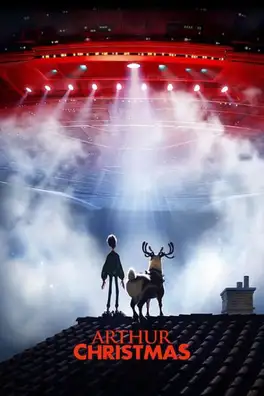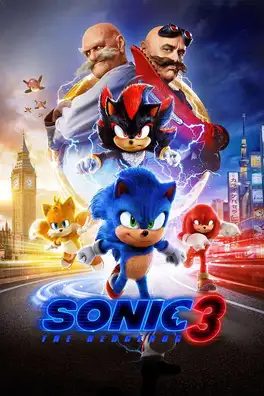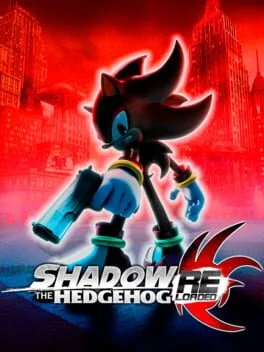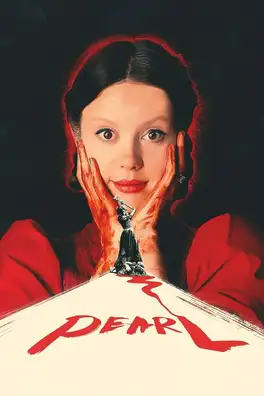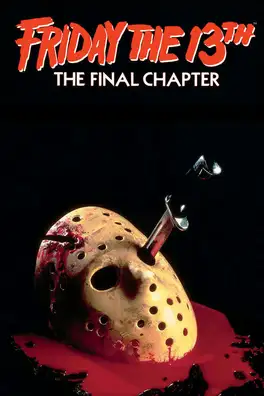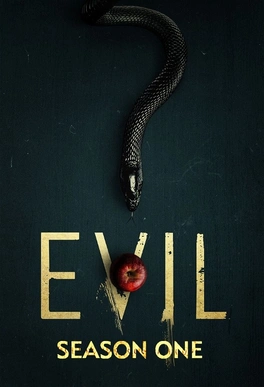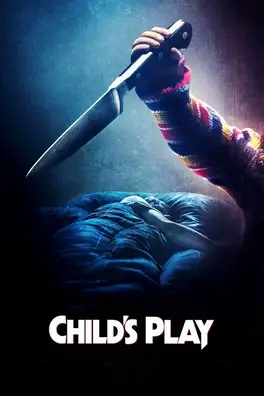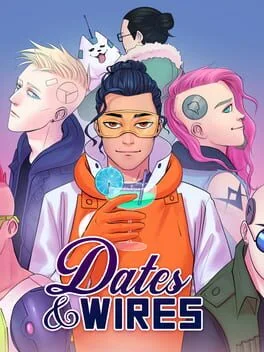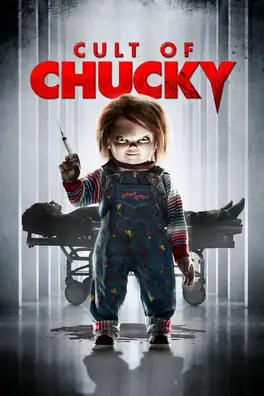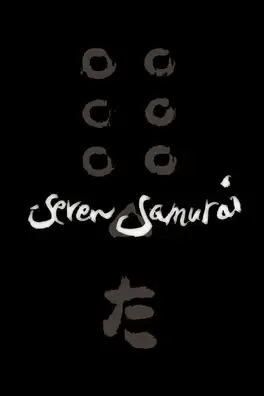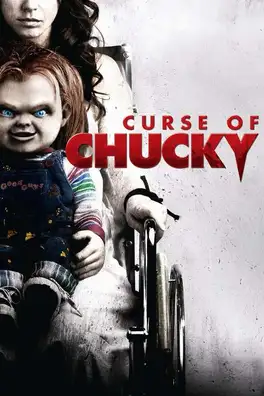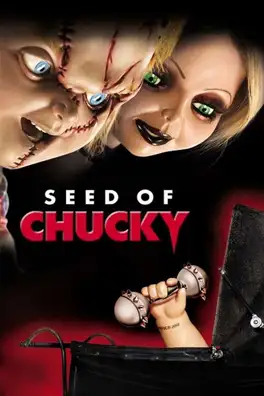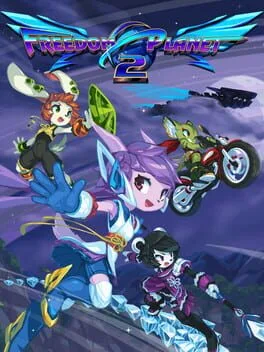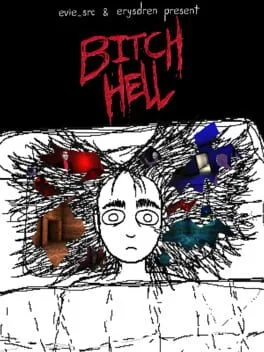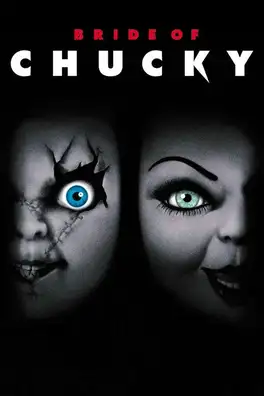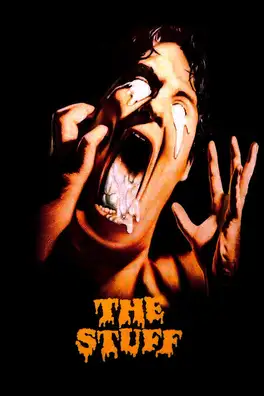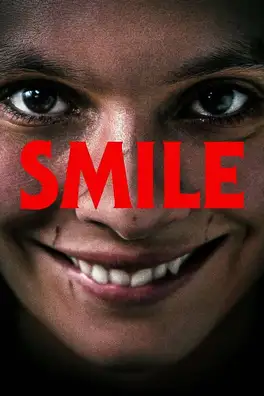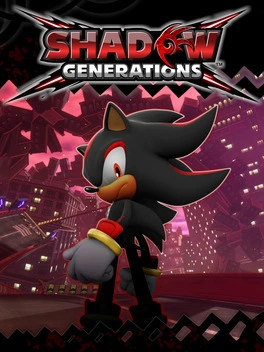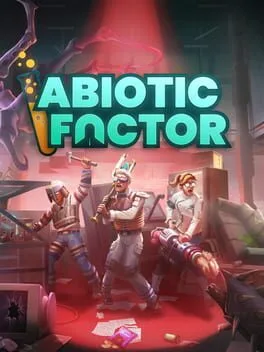
This game proved to be an extremely welcome distraction during a very difficult time, a lovely way to hang out with a dear friend, and just a really fun game.
A survival crafting game set not in an open world but in an interconnected facility in the vain of System Shock that you slowly unlock over the course of the game. The GATE Cascade Research Facility is, shamelessly, Black Mesa with a coat of paint. The game does not try to hide its influences at all, with one of the two character voice options being Gianni Matragrano doing his best impression of Harry S. Robins as a Half-Life scientist. Thankfully the character creator does not lock any options behind a choice of genders so I was able to pick that voice for my scientist while choosing a more feminine appearance. Look, voice training is hard.
I am not normally one for survival games or a heavy focus on crafting, they tend to be too directionless for me, but the metroidvania-like progression of slowly unlocking more and more of the map appeals to me a lot. Early on the rhythm of it reminded me a bit of the early Resident Evils; having a home base as a save haven to return to and resupply while planning out excursions into unknown dangers, planning out what limited resources to bring with me. Taking more weapons, more ammunition, more healing supplies with me is safer, but means having much less room in my limited inventory to bring things back.
And then your base expands, your toolset expands, your knowledge of what you are up against expands, and you grow more bold and more capable. The crafting elements are more than I would normally enjoy juggling but the structured nature of the game allows everything to be introduced at a slow and steady pace and its up to you how much you push forward into danger versus how much time you spend gathering and harvesting resources and building up your base and supplies.
There were a few frustrating difficult spikes in the middle to late game playing in early access, but the release update added an item upgrade system that should hopefully even that out.
As you unlock more of the base you unlock shortcuts to previous areas, the map is very interconnected, and a fast travel system that is very charming to anyone with a fondness for Half-Life: A series of Black Mesa Inbound-esque tram rides that interweave the sprawling facility (many of which can be traversed even faster with a deliciously overpowered long jump module you can get later in the game).
Unsurprisingly, the GATE facility has gone to hell as creatures from another world have started pouring in. It doesn’t take that long for you to visit this game’s Xen, here called Anteverse II, but after that it starts to reveal other influences. The second portal takes you to something jarring in that it is a much more human setting: Flathill, a small American town blanketed in fog clearly inspired by Silent Hill and The Mist. These self-contained portal worlds serve as linear levels exploring different gameplay concepts within the more open structure of GATE and also as renewable sources of supplies as you loot and clear out more and more of the facility. And as you do that you start to see that labs are taking after the SCP Foundation as much as they are Black Mesa.
The game has its own catalogue of “immurement registry” objects, which encompasses not just the aliens you are fighting but such things as an arcade machine that sucks you into the game itself; a creature that is only visible to the person it is stalking and will disappear if stared at for long enough; a cube that reduces gravity in the area around it and many things that have no gameplay effect and only exist as in readable journal entries or props with no special function such as a table that causes everyone who sees it to hate it or inexplicable yellow paint that seems to manifest to guide people who are lost.
The journal entries and email exchanges that you can read are often very fun, foreshadowing upcoming enemies, revealing plot threads, showing daily life in a mad science lab and often just being very funny. The exchanges between the Gatekeepers—the ostensible security forces for GATE who have taken to using all the various otherworldly and occult resources the organisation studies for themselves, becoming more and more inhuman and strange as they become stronger—and the normal research staff are particularly delightful, as are random exchanges about Doom and the W.W.F.
I played through this with one other friend and while there is a singleplayer mode I feel that the game would probably drag significantly more without more than one pair of hands and more than one backpack to fill up when scavenging and managing resources. More than two would probably have been ideal but also it’s not a game where you will want to miss sessions where the group is exploring new areas or progressing the story and every person you add is going to make organising sessions more complicated, but if you can get a group for it I highly recommend exploring the Garrick Advanced Technology Enterprises Cascade Research Facility with some friends.


